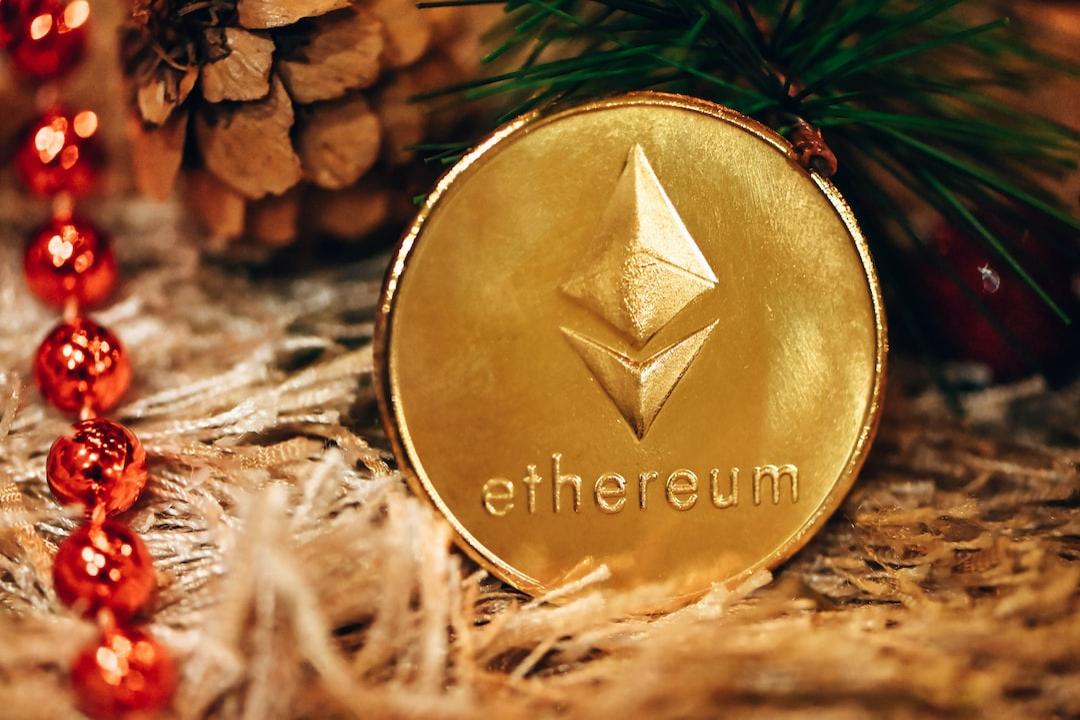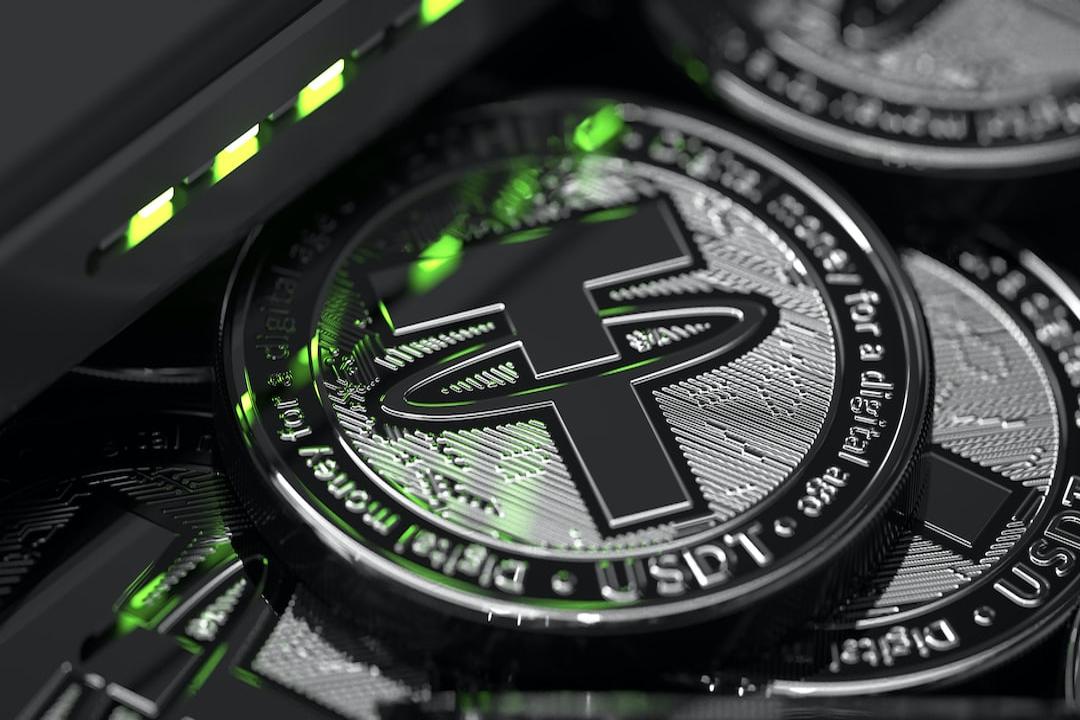IC design giant NVIDIA’s annual GTC technology conference took place from March 17 to 21, with CEO Jensen Huang delivering a keynote speech at 1:00 AM Taiwan time on March 19.
This time, Huang’s speech focused on the AI market situation and new product information, including the next-generation GPU Rubin, CPO network switches, and advancements in robotics technology. Despite the release of multiple good news items, the market reaction was relatively subdued. After Huang’s speech concluded, NVIDIA’s stock closed at $115.43, down 3.43%.
Since last year, NVIDIA’s Blackwell chips have been plagued with issues such as overheating and delayed shipments. However, Huang expressed confidence during his speech, stating that Blackwell servers are now in full production, with customer demand being “incredible.” He revealed that the four major U.S. cloud service providers (CSPs) have purchased 3.6 million Blackwell chips this year, nearly three times the 1.3 million Hopper architecture chips purchased last year.

The four major U.S. cloud service providers (CSPs) have purchased 3.6 million Blackwell chips this year, nearly three times the 1.3 million Hopper architecture chips purchased last year.
Image Source: NVIDIA YouTube
On the other hand, Huang showcased the investment trend forecast for AI data centers from 2022 to 2028, indicating a consistent growth trend each year. It is projected that by 2028, global data center capital expenditures will exceed the $1 trillion mark.

Huang noted that investment in AI data centers continues to grow each year, with expectations to exceed the $1 trillion mark by 2028.
Image Source: NVIDIA YouTube
Huang introduced several of NVIDIA’s GPU chips and server products, starting with the current AI chip Blackwell Ultra, which boasts performance 1.5 times that of the previous Blackwell generation and is expected to launch in the second half of this year. The first customers for Blackwell Ultra include AWS, Google, Azure, and Oracle.
The Blackwell Ultra GB300 NVL72 server features 72 Blackwell Ultra GPUs combined with 36 Grace CPUs, totaling 288GB of HBM3e memory, offering 1.5 times the AI computing performance of the GB200 NVL72.

Blackwell Ultra GPU
Image Source: NVIDIA YouTube
Huang stated that Blackwell Ultra is designed for AI inference and AI agents. NVIDIA’s partners are expected to start launching products featuring Blackwell Ultra in the second half of this year, including Taiwanese manufacturers such as Foxconn, Wistron, and ASUS.
Following Blackwell Ultra, the next-generation AI chip is Vera Rubin, set to launch in the second half of 2026, with Vera Rubin Ultra expected in 2027. The Vera Rubin NVL144 server will feature 144 Rubin architecture GPUs combined with a new Vera architecture CPU, utilizing a total of 288GB of HBM4 memory, delivering performance 3.3 times that of the Blackwell Ultra GB300 NVL72.

Vera Rubin GPU
Image Source: NVIDIA YouTube
The Rubin Ultra NVL576 server will use 576 Rubin Ultra GPUs combined with the Vera CPU, utilizing a total capacity of 1TB of HBM4e memory, offering performance 14 times that of the Blackwell Ultra GB300 NVL72.

Rubin Ultra GPU
Image Source: NVIDIA YouTube
Notably, Huang also showcased the latest roadmap for data center GPUs, highlighting the current Blackwell, the next-generation Rubin revealed at last year’s Computex, and the newly mentioned next-next-generation Feynman architecture set to launch in 2028, named after physicist Richard Feynman, continuing the tradition of naming chips after scientists.

NVIDIA Data Center Development Roadmap
Image Source: NVIDIA YouTube
One of the major highlights of this keynote was the formal debut of NVIDIA’s Co-Packaged Optics (CPO) design products, signaling the arrival of the silicon photonics era.
NVIDIA introduced the new Spectrum-X Ethernet and Quantum-X InfiniBand network platforms, and for the first time, introduced network switches designed with co-packaged optics, enabling AI factories to connect millions of GPUs across sites while significantly reducing energy consumption and operating costs, achieving large-scale integration of electronic circuits and optical communications.

NVIDIA launched the new Spectrum-X Ethernet and Quantum-X InfiniBand network platforms, introducing network switches with co-packaged optical design for the first time.
Image Source: NVIDIA YouTube
Huang stated that this new product is the world’s first CPO chip with a transmission speed of 1.6 Tbps (terabits per second), manufactured based on TSMC’s advanced technology. He mentioned that NVIDIA has been collaborating with TSMC for some time and is working with a large ecosystem of technology partners, saying, “This is truly a crazy technology, really insane!”
NVIDIA’s silicon photonics ecosystem partners include four Taiwanese manufacturers: TSMC, Foxconn, Pirelli, and Siliconware, along with other partners such as U.S.-based Coherent, Corning, Fabrinet, Lumentum, Japan’s SENKO, Sumitomo Electric, and China’s TFC Communication.
The Spectrum-X and Quantum-X products with co-packaged optical design are set to launch in the second half of 2025 and the second half of 2026, respectively, featuring TSMC’s 3D stacked silicon photonics engine, capable of generating high-power, high-efficiency lasers, and featuring detachable fiber optic connectors.

Image Source: NVIDIA YouTube
According to NVIDIA’s data, its photonic switch can offer 3.5 times the power efficiency, 63 times the signal integrity, 10 times the large-scale network elasticity, and 1.3 times the deployment speed compared to traditional methods. Compared to the previous generation, the Quantum-X photonic switch provides double the speed and five times the scalability for AI computing architectures.
TSMC Chairman and CEO C.C. Wei stated in NVIDIA’s press release, “The new wave of AI factories requires high performance and minimal maintenance to achieve the scale needed for next-generation workloads. TSMC’s silicon photonics solutions leverage our strengths in advanced chip manufacturing and TSMC’s SoIC 3D chip stacking technology, helping NVIDIA unlock the capability to scale AI factories to millions of GPUs and beyond, pushing the boundaries of AI.”
As the grand finale, new advancements in robotics were announced, with Huang introducing a series of technologies that support the development of humanoid robots.
Following last year’s GTC 2024 announcement of the foundational model for humanoid robot development, Project GR00T, Huang unveiled the Isaac GR00T N1 model, the world’s first “open, fully customizable” general-purpose humanoid robot reasoning and skill foundational model.
NVIDIA stated that the GR00T N1 foundational model employs a dual-system architecture inspired by the human cognitive principle of “thinking fast and slow.”
“System 1” is a fast-thinking action model that reflects human reactions or intuitions; “System 2” is a slow-thinking model used for careful and systematic decision-making. Supported by visual language models, System 2 can reason about its environment and the commands it receives to plan actions. Subsequently, System 1 converts these plans into precise, continuous robotic movements.

The Isaac GR00T N1 model is the world’s first “open, fully customizable” general-purpose humanoid robot reasoning and skill foundational model.
Image Source: NVIDIA YouTube
Developers and researchers can use real or synthetic data to perform post-training on GR00T N1 to adapt it to specific humanoid robots or tasks. Early adopters of GR00T N1 for humanoid robot development include Agility Robotics, Boston Dynamics, Mentee Robotics, and NEURA Robotics.
At the end of the speech, a small, adorable robot resembling Pixar’s “WALL-E” made a surprise appearance, interacting playfully with Huang.

“Blue” is equipped with the open-source physics engine Newton developed by NVIDIA in collaboration with Google DeepMind and Disney Research, allowing the robot to learn how to handle complex tasks more accurately.
Image Source: NVIDIA YouTube
This robot, referred to by Huang as “Blue,” is equipped with the open-source physics engine Newton, developed by NVIDIA in collaboration with Google DeepMind and Disney Research, enabling the robot to learn how to handle complex tasks more accurately. Blue demonstrated high intelligence and interactive capabilities, responding to Huang’s statements with nods, displaying excitement when hearing information about robot-related developments, and understanding Huang’s verbal command to stand beside him.
From GPUs and CPOs to robotics, Huang showcased NVIDIA’s latest developments; however, whether this will boost market confidence remains to be seen.
This article is reproduced in cooperation with: Digital Age
Which of the 14 financial holding companies offers the best salary? Yuanta takes the crown with an average annual salary of NT$2.02 million, while Kai Fund sees the highest increase of 21%. The salary summary is here!

